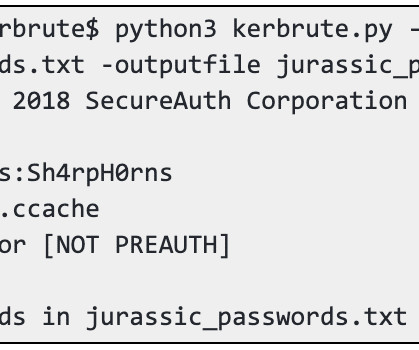MY TAKE: New ‘cyberthreat index’ shows SMBs cognizant of big risks, ill-prepared to deal with them
The Last Watchdog
MAY 2, 2019
That said, it’s also clear that all too many SMBs remain ill equipped to assess evolving cyber threats, much less effectively mitigate them. According to the Cyberthreat Index, 45 percent of all SMBs and 56% of large SMBs believe they are vulnerable to “imminent” threats of cybersecurity attacks.













Let's personalize your content